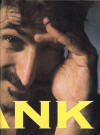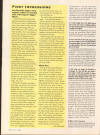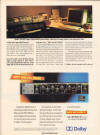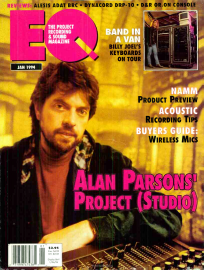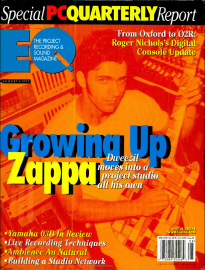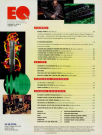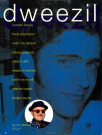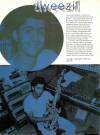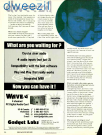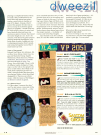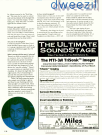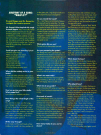EQ
Frank Zappa and Spence Chrislu in Utility Muffin
Research Kitchen. Photo by John Livzey. "Unfortunately,
these photos were some of the last ever taken for the public
and Zappa's devoted legion of fans."
PRODUCTION NOTES: Says Spence Chrislu: The
studio is about ten to 15 years old. It was originally built
in time for Frank's recording of You Are What You Is
and it has evolved through a
wide array of Frank Zappa projects. Right now we're in the
midst of mixing a new album FZ produced featuring the works
of Edgard Varèse called The Rage And The Fury.
As far as the aesthetics go, UMRK has a great-sounding room
with a hardwood floor, plaster walls, and a 25-foot ceiling.
The environment gives the studio its own distinct sound.
This is a facility where experimentation is encouraged, and
if someone gets an idea, we can immediately stop to try it
out. We have the technology to do so, and the creativity to
make it happen.

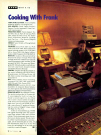
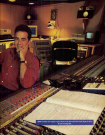
Source: worldradiohistory.com
In the October
issue of EQ, the Father of Invention himself, Frank
Zappa, took a few moments to sit down for a photo session in
his home studio, the Utility Muffin Research Kitchen. Unfortunately,
these photos were some of the last ever taken for the public
and Zappa's devoted legion of fans. His gracious invitation
to bring EQ's readers into his legendary home studio
demonstrates Zappa's unyielding commitment to his peers in sound
recording. (read more)

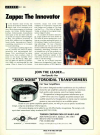
Source: worldradiohistory.com
1994 March
Vol. 5 No. 3
Absolutely Frank
By Joe Spiegel, pp 48-50, 52-54, 56
First Impressions
By Joe Chiccarelli, p 52
The UMRK Mix
By Bob Stone, p 54
The Yellow Shark
Sessions
By Jon Varman, p 56
Q. When you were working on the remastering
of unreleased live material for the You Can't Do That On
Stage Anymore series CDs, what sorts of problems did you
have with the early analog masters in making them compatible
with digital?
A. That stuff came from all different kinds of audio
sources, starting with 7 1/2 ips stereo – on one of the discs
there's even a cut that's mono. You have to match level, you
have to match EQ, and you have to control peaks on some of it.
It's the same thing you would do if you were putting together
any other kind of anthology, except you're dealing with live
tape. (read more)


